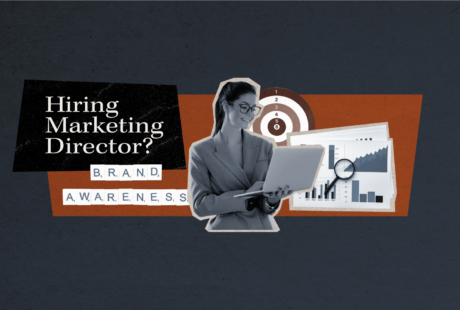Related:
In-House vs. Agency Marketing: Factors to Consider
Influencer marketing is steadily becoming a more integral and entrenched component of the marketing mix. Far from static, the industry is constantly evolving and marketers, including those in the B2B space, must pay heed. To obtain insight, I spoke with two specialists from The Shelf, a data driven influencer marketing company that builds ROI-driven influencer campaigns.
B2B Influencer Marketing
“With B2B it’s not about pretty pics and that influencer aesthetic”, explains Sorilbran Stone, Head of Content Marketing and self-professed ‘research geek’. “For B2B, you front load value, which means understanding who is following an influencer, how their audience overlaps with yours, and solving their specific problems.”
Preferred Platforms for Influencer Marketing
The relative popularity of given platforms have shifted, and will continue to do so, but Instagram remains the place to be, particularly among those in their 20s to 50s. As online behaviour and indeed society itself morphs, other contenders rise to the fore.
“TikTok and Twitch both grew in use during those early months of the pandemic, and YouTube went from being a search engine to a bona fide virtual gathering spot,” says Stone, who also sees podcasts taking a bite out of talk radio, due in part to less commuting.
If a picture has traditionally been worth a thousand words, then video may, indeed, be worth a million. “Every social platform now prioritizes video,” says Stone, “it’s definitely not going anywhere.”
Representation in Influencer Marketing
For many the term influencer calls to mind the image of a mega-celebrity hawking designer goods to their massive audience. Increasingly, however, brands are spreading their budgets further and wider, reaching their audiences through a patchwork of smaller, more focused influencers who often boast better engagement.
Efforts are being made to diversify not only by lifestyle and topics of interest, but to promote equity within the space as well.
“On the heels of last year’s big, global social shift, brands have become pretty vigilant about prioritizing representation,” says Stone, noting that Pinterest recently updated its algorithm to prioritize content from smaller creators and minority creators. The shift is seen not as a trend, but a new standard, and marketers are taking heed.
Influencer Contracts and Expectations
As influencer marketing matures, the expectations between parties evolve, as does the nature of signed agreements.
“They want to see performance; they want to see amazing, swoon-worthy content,” says Elizabeth Hassett, Supervisor of Account Managers at The Shelf. “I think what is changing is that influencers have more resources through things like clubhouse or online social communities to be savvy with their contract negotiations.”
Deliverables are increasingly well defined and content creators are leveraging their expertise in various platforms. The practice of paying to ‘boost’ strong content within social media platforms is gaining traction,with influencers often expecting to be compensated for the increased exposure.
“The bottom line is there isn’t a set formula,” explains Hassett. “Every influencer handles contracts differently, but we can definitely see an increase in awareness and more cut-throat negotiations from influencers and their agents.”
Impact of AI and CGI
As a forward facing industry, it should be no surprise that influencer marketing is itself being influenced by technological advancements. As Stone explains, artificial intelligence is playing a growing role.
“The Shelf platform is based on machine learning,” she notes. “Everything about digital marketing right now is moving in the direction of artificial intelligence – having algorithms that can execute tasks and automate aspects of a customer’s purchase path.”
Another impactful technology is CGI. Although the industry buzzword is authenticity, it turns out that some of the influencers gaining traction are not of the human variety at all.
“A few years ago when virtual influencers like Lil Miquela and Shudu came out, it was cool but jarring,” says Stone, referencing a pair of well-known and sometimes controversial computer generated social media personalities. “The idea that anyone would pay attention to these digital influencers was a weird concept but now you have people tuning in for entire live YouTube concerts from these types of virtual avatars. CGI opens up another creative avenue for brands looking to differentiate themselves in the market by partnering with digital creators who can build entire digital worlds for virtual online personalities.”
As influencer marketing continues to evolve, the only constant will be change. Budgets, rollouts, compensation, platforms, and formats will progress as companies look to gain the most bang for their buck, replicate success stories, and keep pace with digital trends. For brands, as well as the influencers they hire, staying on top of marketplace developments will not be an arrival, but a constant process.




